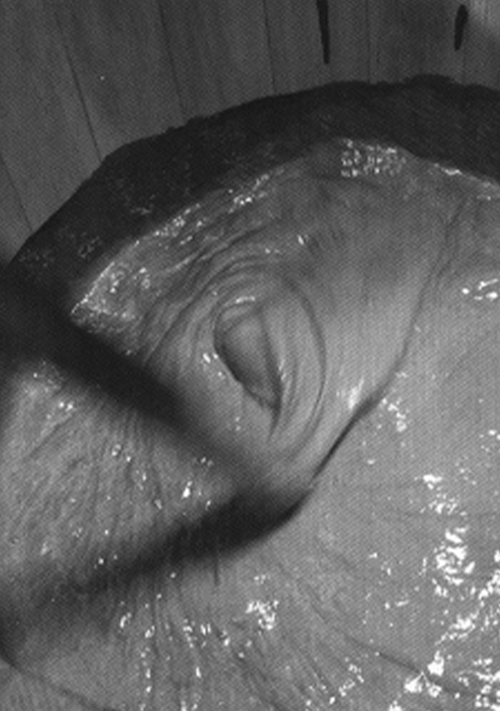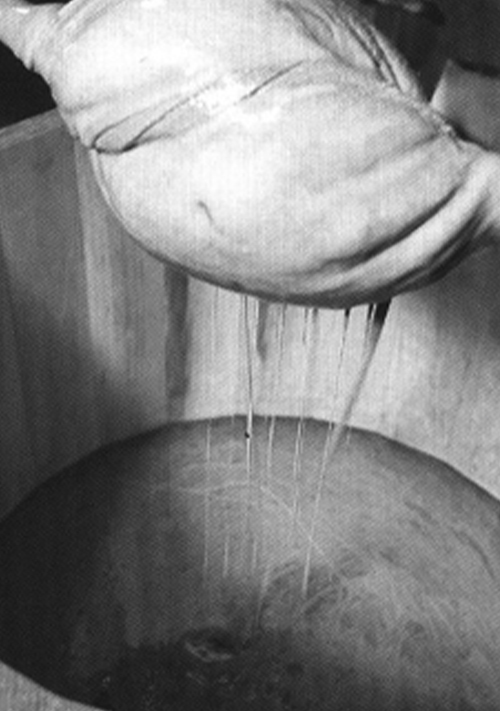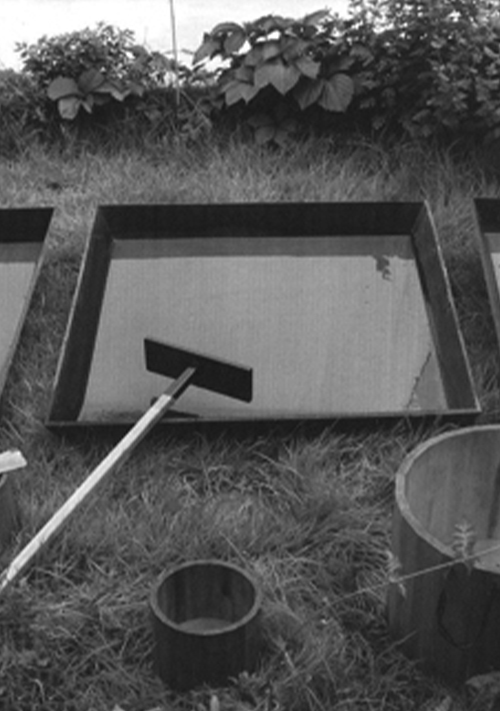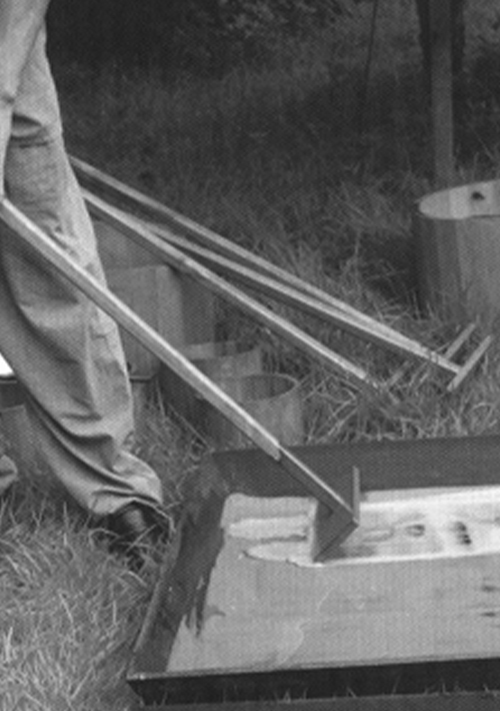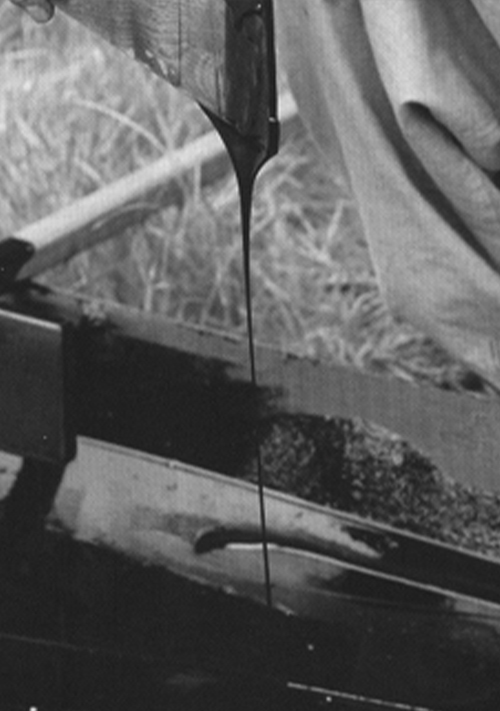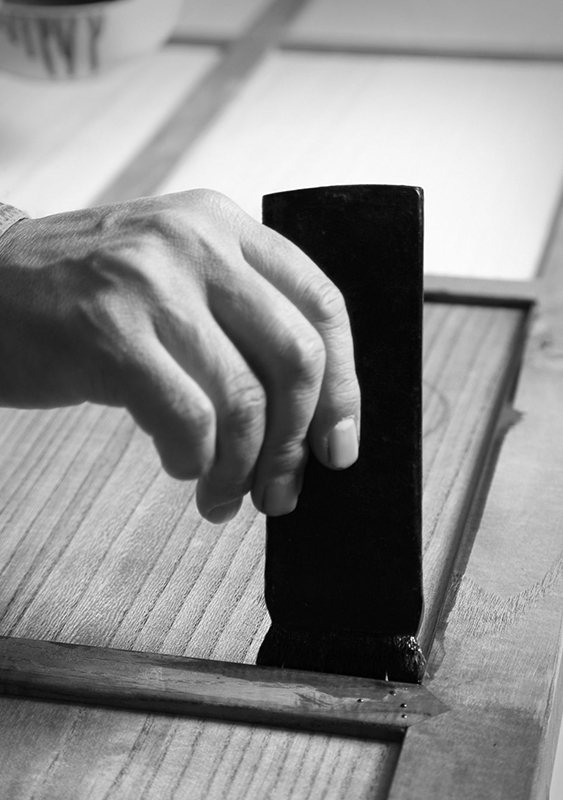Ottchil is a unique form of finishing. It
involves forming a lacquer derived from the sap or ott of rhus trees. Once
extracted the thick liquid, brownish in colour is refined until it becomes translucent, meaning it is able to be
used to create a natural gloss finish on objects. Once applied and dried ottchil
forms a coated film that is resilient against spills and stains, meaning it’s perfect for application on objects
of use such as cups, bowls, and plates. In years’ past, before the invention of refrigeration, ottchil containers prevented food from going bad as they were moisture-proof,
waterproof, and insect repellent. Today ottchil is coveted for being a natural
and eco-friendly technique for achieving highly-durable finishes on a range of surfaces such as wood, metal and
even paper.
The craft of ottchil however is a labour-intensive process
and to get the best result it requires more than 30 coats, meaning it can be expensive. But the high quality,
resilient and beautiful results this technique generates makes it worth the high cost and is part of the reason
why ottchil has had such longevity in Korean craft.

